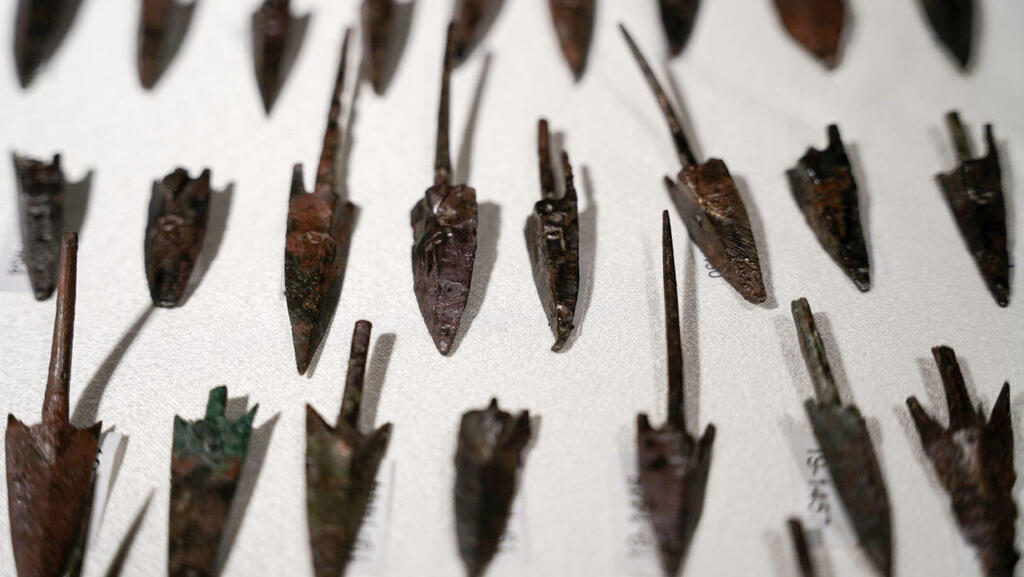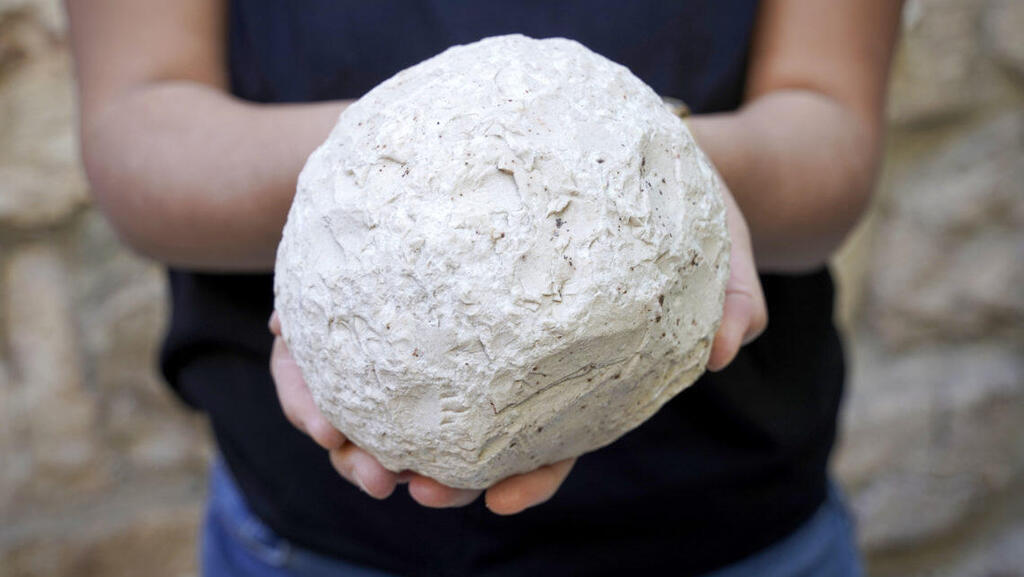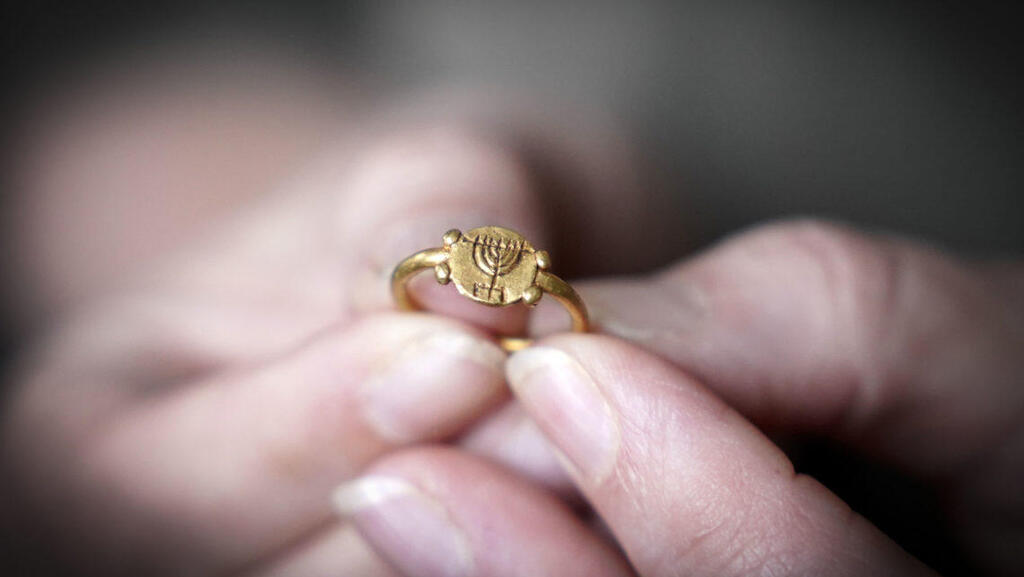Rare artifacts connected to the story of Hanukkah were discovered inside a dusty old storage box at the Tower of David Museum in Jerusalem and will be displayed to the public for the first time in over 30 years.
The newly conserved arrowheads, sling bullets and catapult ballista stones date back to the Hasmonean Period nearly 2,200 years ago.
3 View gallery


Arrowheads made from bronze and iron attributed to Seleucid archers; On permanent loan to the Tower of David Museum from the Israel Antiquities Authority (IAA)
(Photo: Ricky Rachman)
Also known as the Festival of Lights, Hanukkah is a Jewish midwinter holiday that includes candle lighting and eating delicious treats cooked in oil. This year the eight-day-long festival began on Dec. 18 at sunset.
It commemorates the rededication of the Holy Temple in Jerusalem during the Maccabean Revolt, which took place in the 2nd century BCE. During the rebellion, the Maccabees fought against the Seleucid Empire.
The story of the revolt and the rededication of the Jewish temple that followed is the central narrative of the festival of Hanukkah.
“During excavations in 1982 and 1983, archaeologists discovered many artifacts connected to the siege that was taking place here in Jerusalem when the Hasmonean ruler John Hyrcanus was here and the Hellenistic Seleucid ruler Antiochus VII besieged the city,” explained Reut Kozak, an archaeologist at the Tower of David Museum. “We found a large quantity of these weapons here. This is not something that you find everywhere, which means that there was a very significant battle that took place here in the 2nd century BCE.”
Among the artifacts archaeologists unearthed were some 60 arrowheads, 200 ballista stones and a number of sling bullets.
3 View gallery


An example of one of the 200 ballista stones that were launched by the Seleucids at Jerusalem during the Maccabean Revolt more than 2,000 years ago
(Photo: Ricky Rachman)
The discovery was made during renovations at the museum, which for the past five years has been undergoing a massive $40 million facelift.
“While we were cleaning everything we found a very small box full of dust behind a huge closet,” said Eilat Lieber, director and chief curator of the museum. “When we opened it, we found small boxes with beautiful remains from an archaeological excavation that took place here about 30 years ago.”
Archaeologists had been searching for these artifacts for many years, Lieber noted.
Several of the arrowheads are engraved with Greek letters, while some of the slingshot bullets are decorated with tridents and lightning bolts, symbols of the gods of classical mythology.
“It brings the whole picture of the story of Hanukkah in Jerusalem,” Lieber said. “It’s not just an event and a beautiful holiday; the evidence is right here waiting to be shown in the museum.”
The Hasmoneans were descendants of the Maccabees, priests who rose to power in Jerusalem 2,200 years ago. In courtyard of the Tower of David Museum are substantial remains which were part of the city wall at that time.
“One of the interesting things we have here at the Tower of David is a fortification line and two watchtowers from the Hasmonean era, when the Hasmonean Dynasty ruled here in Jerusalem,” Kozak said.
These items, on permanent loan to the museum from the Israel Antiquities Authority, will be on display in the new exhibition at the Tower of David after renovations are completed in the spring.
In addition to the Hasmonean weaponry, newly restored clay oil lamps and a stunning gold ring with engravings of a menorah – a seven-branched candelabrum that today is a symbol of the modern state of Israel – will be exhibited.
According to Ravit Nenner-Soriano, curator of archaeology at the Tower of David Museum, the menorah became a popular Jewish symbol during the Byzantine era as a counterpart to the crucifix amid the rising popularity of Christianity.
“What’s special about these items is that they carry the symbol of the menorah, which represents the longing for Jerusalem after the destruction of the temple,” said Nenner-Soriano. “They are dated to the 5th and 6th centuries, after Jerusalem was captured and Jews no longer lived there.”


